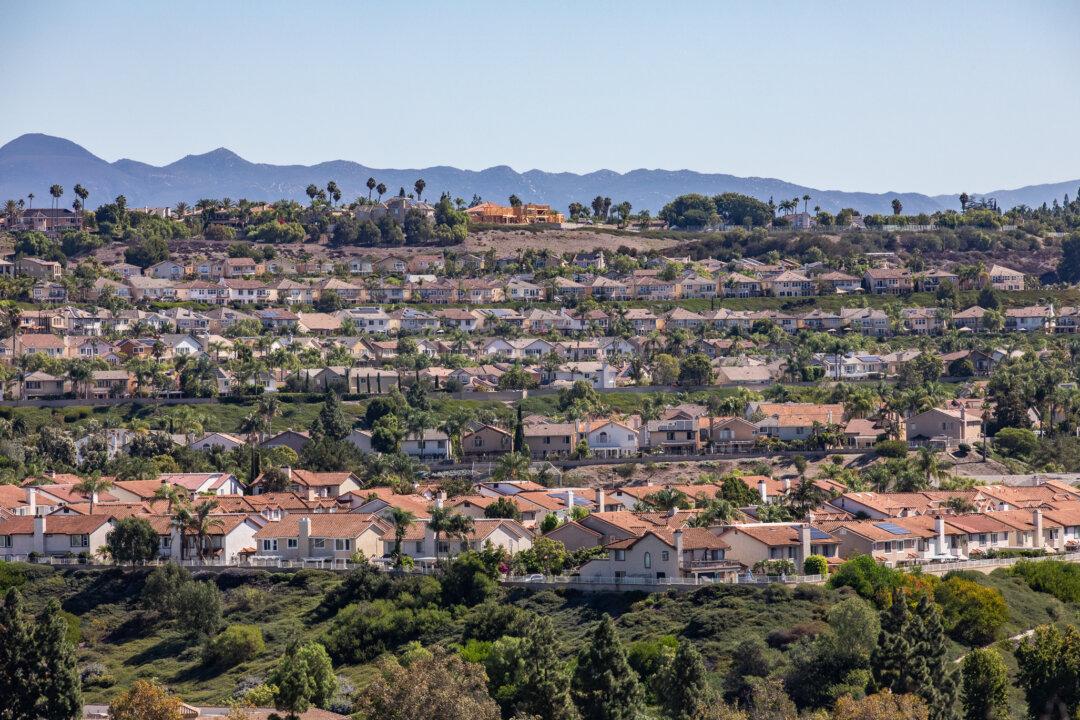After hours of discussion, the Laguna Niguel City Council voted 3–2 to approve a development project, which will be located below a former landslide site, during a special meeting Dec. 5, with councilors Rischi Paul Sharma and Fred Minagar opposing.
The Cove at El Niguel will consist of 22 townhomes off of Crown Valley Parkway below a slope built with landfill to fortify the area after the 1998 Via Estoril landslide destroyed several homes.




